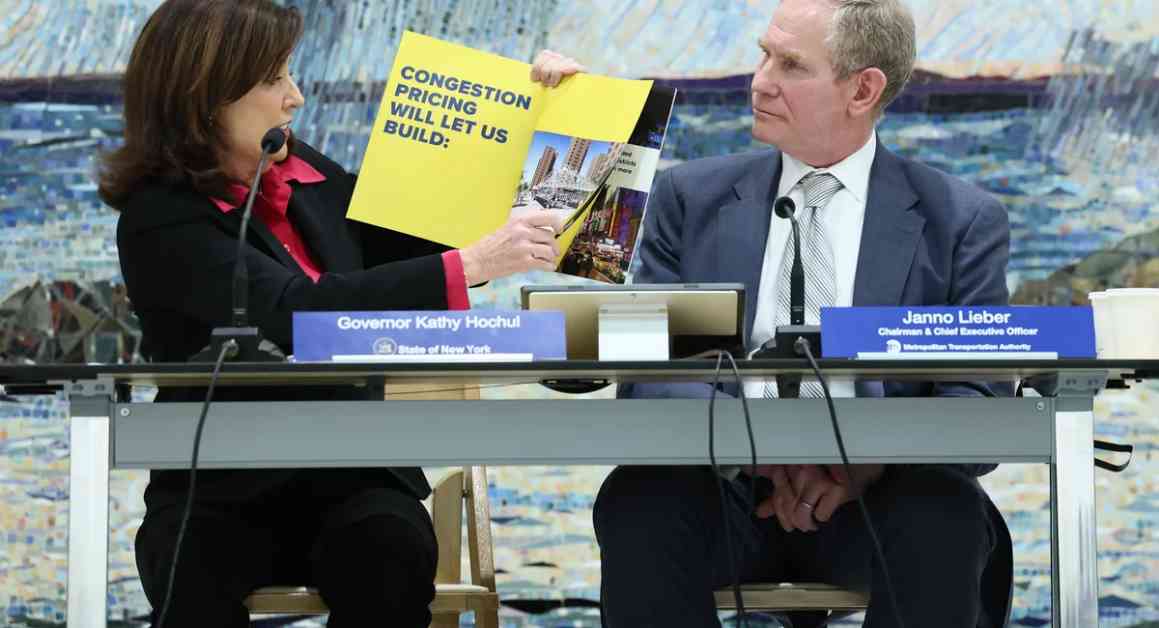The Federal Highway Administration’s recent deadline for the implementation of NYC’s congestion pricing program has sparked controversy and defiance from local officials. The directive to end the toll program by March 21, as stated in a letter by FHWA’s Executive Director Gloria Shepherd, was met with strong resistance from New York City leaders. This follows U.S. Transportation Secretary Sean Duffy’s decision to revoke federal approval for the tolls, which have been charging drivers $9 to enter Manhattan below 60th Street since January 5. President Donald Trump even took to social media to express his delight at the news, hailing Duffy’s order with the proclamation, “LONG LIVE THE KING,” accompanied by an illustration of himself donning a crown.
The Clash of Federal Mandates and Local Initiatives
Shepherd’s letter, shared by the MTA on Wednesday, instructed the agency, as well as the city and state transportation departments, to collaborate with federal authorities to cease toll operations related to congestion pricing. The deadline set by Shepherd allows for a month for the termination of the program, aiming to ensure an orderly conclusion to the pilot project. This move comes after the FHWA had initially approved the tolls through a federal pilot program, granting the MTA the authority to levy tolls on federally subsidized roads.
In response to Duffy’s order, the MTA promptly filed a lawsuit against the U.S. Department of Transportation, challenging the revocation of approval for congestion pricing. The lawsuit asserts that the program has already demonstrated its effectiveness in reducing congestion and generating essential funds for transit infrastructure enhancements. MTA Chair Janno Lieber emphasized during a press conference that the congestion tolling cameras would remain operational until a federal court mandates otherwise, expressing confidence in the ongoing legal proceedings.
The Impact of Congestion Pricing on NYC
Lieber, speaking at a board meeting, highlighted the positive impact of the congestion pricing initiative on the city, likening it to the successful implementation of smoking bans in bars. He emphasized that despite initial skepticism, the program has proven to be beneficial for the public and has no intention of reverting to the previous system. The congestion pricing program has significantly improved the quality of life in New York City, with tangible benefits for both residents and visitors alike.
As the deadline looms and legal battles unfold, the future of NYC’s congestion pricing program remains uncertain. The clash between federal mandates and local initiatives underscores the complexities of urban transportation policy and the challenges of balancing regulatory requirements with community needs. The resilience and determination of city officials in defending the program reflect their commitment to sustainable urban development and innovative solutions to alleviate traffic congestion and enhance public transit systems. The outcome of this contentious issue will not only impact the residents of New York City but also serve as a case study for urban planners and policymakers nationwide.












